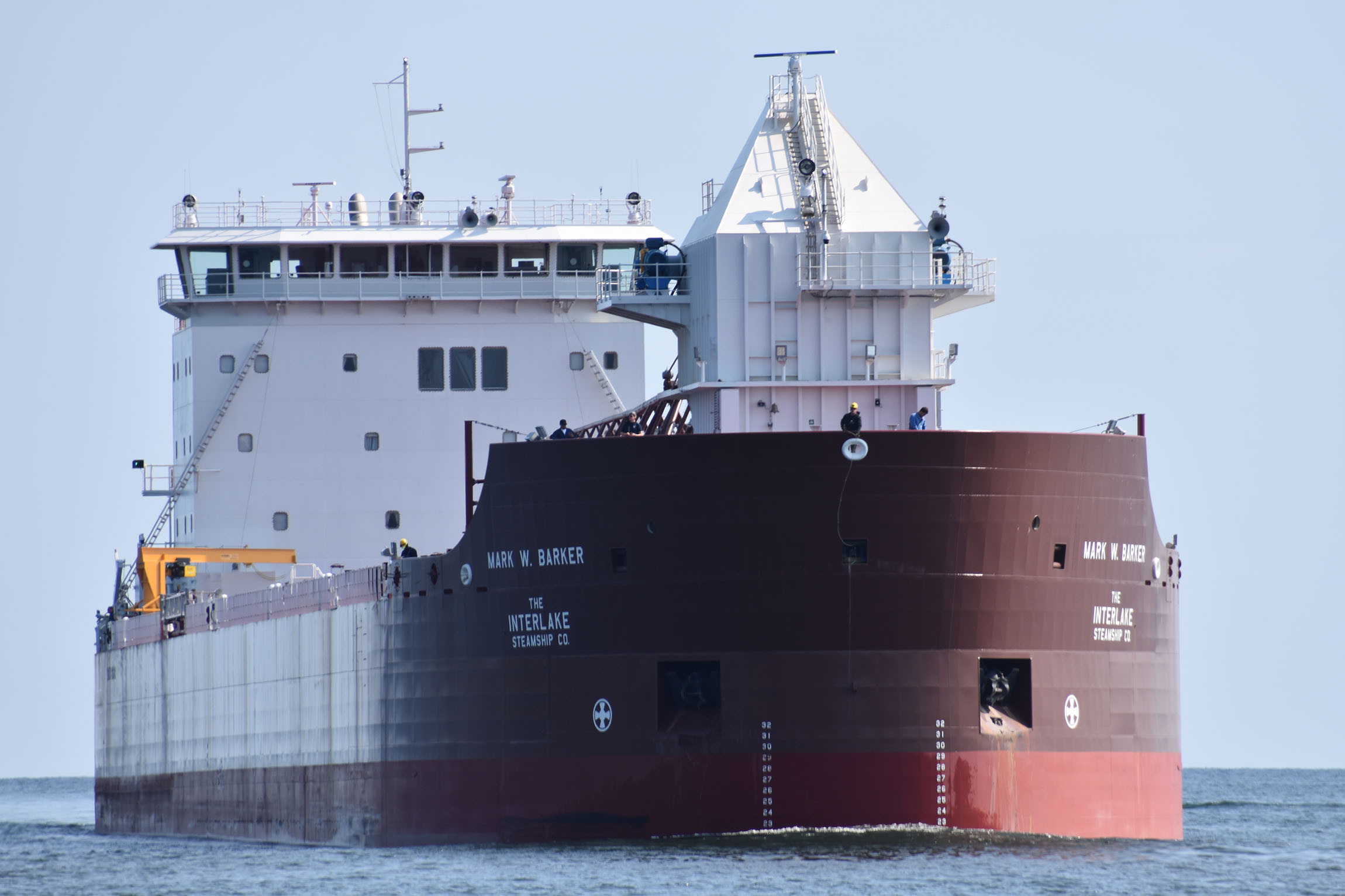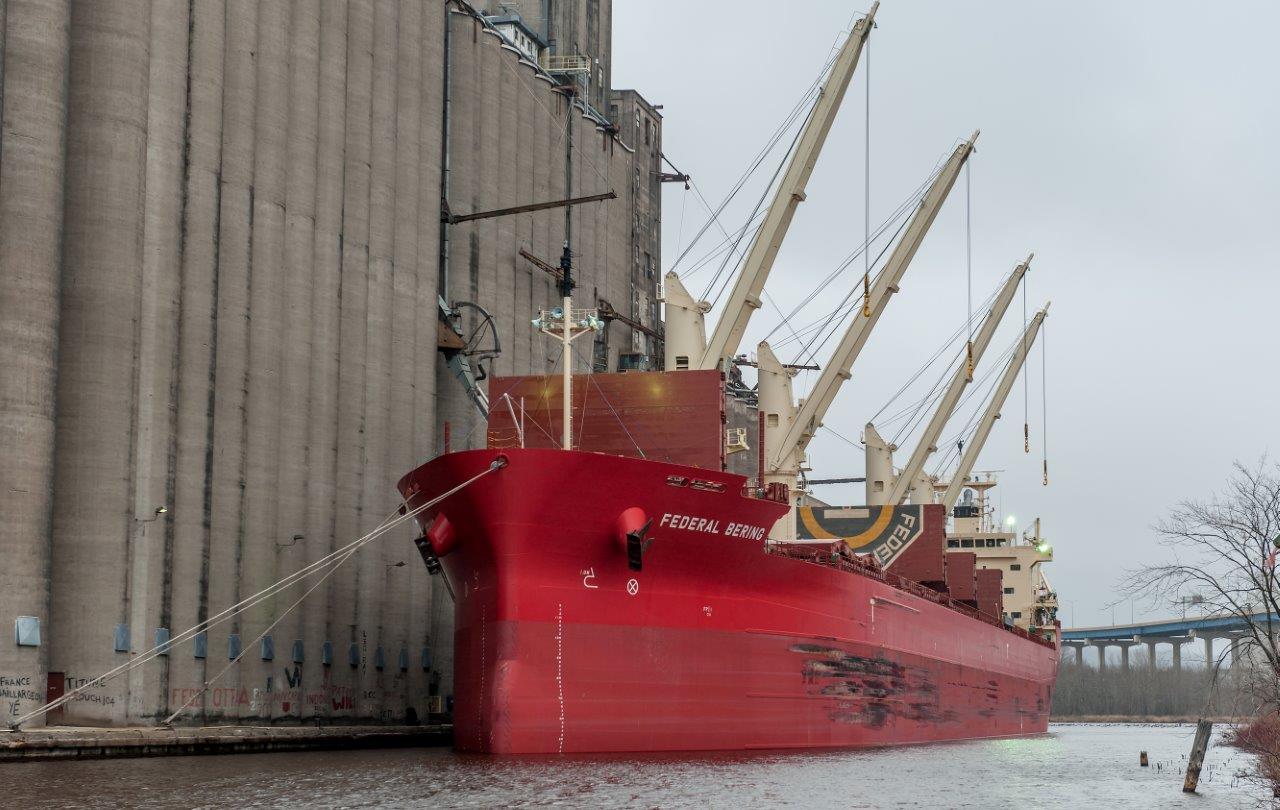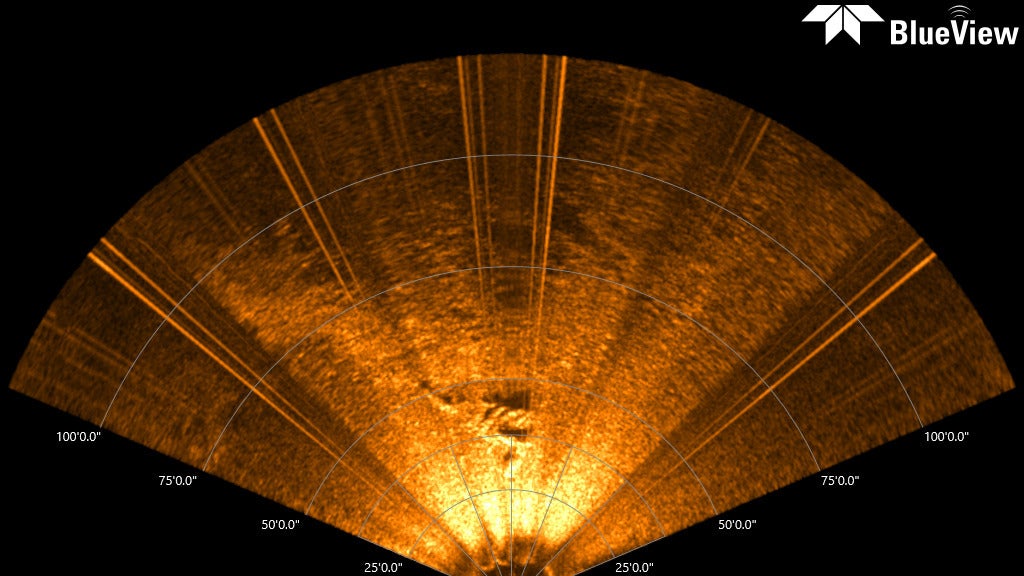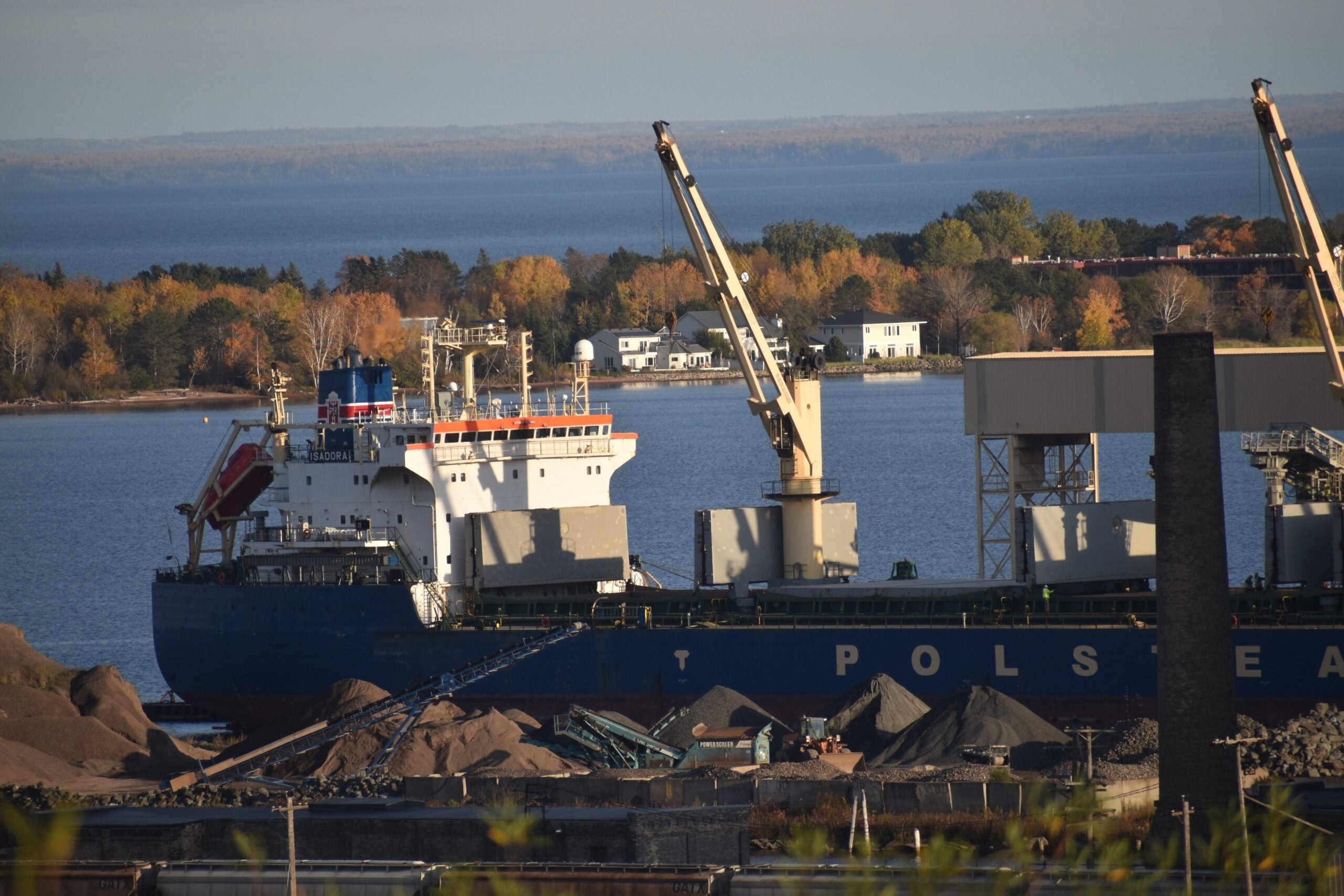Larry Meiller learns about the history of transit on the Great Lakes, and about the fascinating field of underwater archeology.
Featured in this Show
-
Shipwrecks Provide Glimpse Of Great Lakes History
The history of the Upper Midwest is fascinating. From the Native American tribes who first populated the area, to fur traders, to later settlers and merchants, many people have lived and worked in the region. And it’s no surprise that the Great Lakes dominated both the landscape and their lives.
Tamara Thomsen, a maritime archaeologist with the Wisconsin Historical Society, provided many of the photographs in a wonderful new book for young readers, “Great Ships on the Great Lakes: A Maritime History.”
Thomsen said that artifacts likely to be found in a Great Lakes underwater archaeology site include items that the men wouldn’t have been able to take away with them during a shipwreck.
“They’re really a time capsule of what would have been on the ship, what the crew would have carried. It’s a real point in time that we can go in and look at,” she said.
Land-based archaeology seems to be especially successful in arid climates, like the deserts of the Middle East, for example. So, it may be surprising that artifacts are found in good condition in underwater sites. Thomsen explained that “here in Wisconsin, the wrecks are very well-preserved. We do have shipwrecks that are within our shoreline, and those are more broken down or exposed because of either high or low-water levels, or ice raking over them.”
But, Thomsen said some of the ships are in remarkable condition.
“When you get out into the lake and you get into some of these deeper sites, a lot of times … you could float and sail them away. Everything is still aboard, everything is still in place,” he said.
Some of the most significant Great Lakes sites for underwater archaeology include the 53 Wisconsin shipwrecks that have been listed on the National Register.
“And in fact,” Thomsen, said, “that’s more individually listed shipwrecks than any other state. So, we do have quite a few very important sites that are right here in our backyard.”
To learn more about Great Lakes shipwrecks and diving, there are a number of excellent resources. The University of Wisconsin Sea Grant Institute and the Wisconsin Historical Society have produced dive guides for several areas that hold Wisconsin shipwrecks. The Sea Grant Institute has also put together a variety of audio and video podcasts about shipwreck exploration. The Wisconsin Historical Society’s Maritime trails program also has a fascinating database of Wisconsin shipwrecks to explore.
Thomsen also recommended a visit to the Great Lakes Shipwreck Museum, which is located at the Whitefish Point Light Station at the extreme southeastern end of Lake Superior in Michigan. The museum includes artifacts from the wreck of the Edmund Fitzgerald, which Thomsen described as “certainly one of the most noted losses within the Great Lakes.”
Episode Credits
- Larry Meiller Host
- Judith Siers-Poisson Producer
- Tamara Thomsen Guest
Wisconsin Public Radio, © Copyright 2024, Board of Regents of the University of Wisconsin System and Wisconsin Educational Communications Board.




